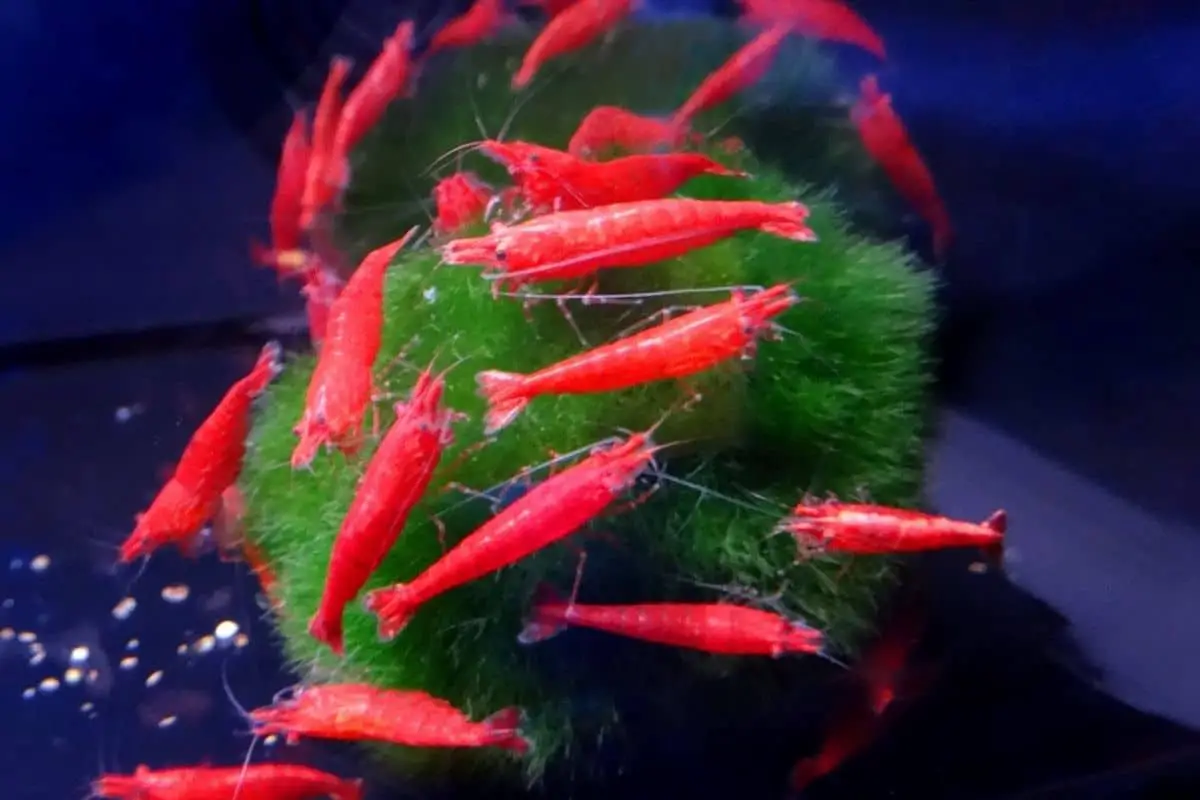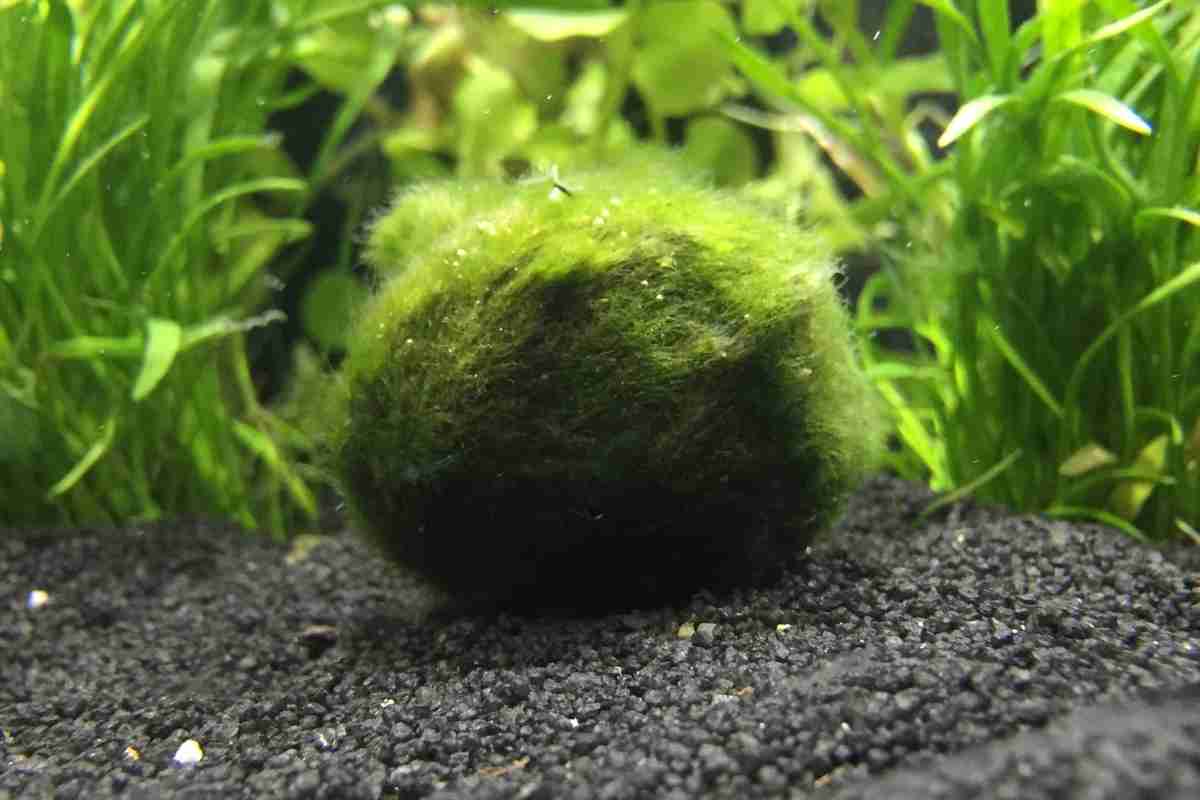
Marimo Moss Balls: Are They Safe?
Read more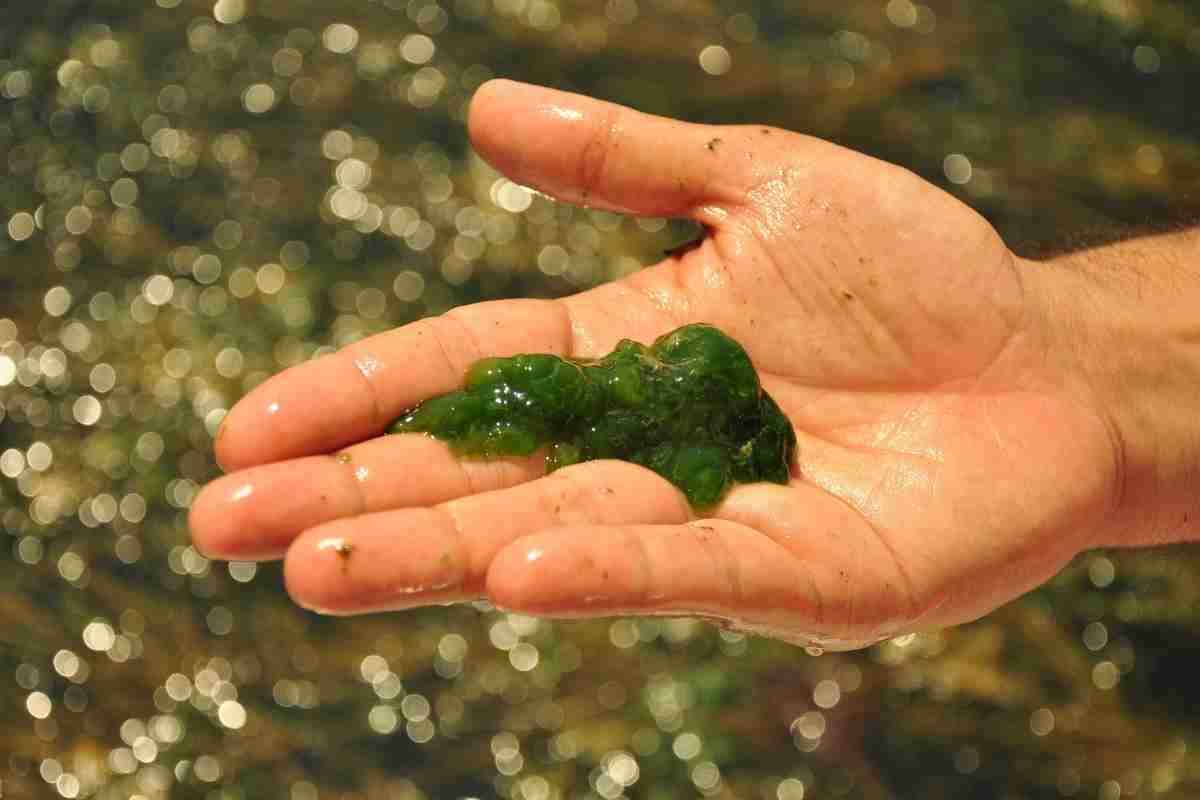
How Fast Does Algae Grow? Growth Rate Factors!
Read more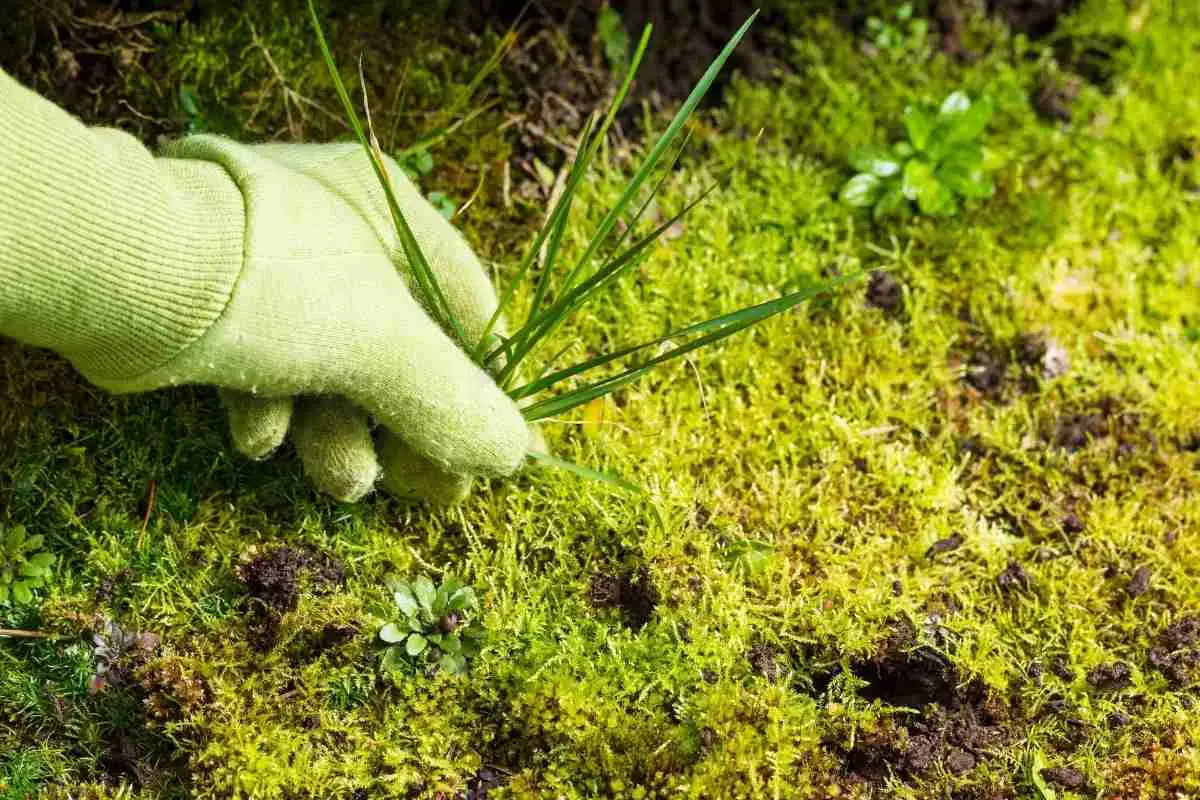
8 Simple Tips For Keeping Moss Alive!
Read more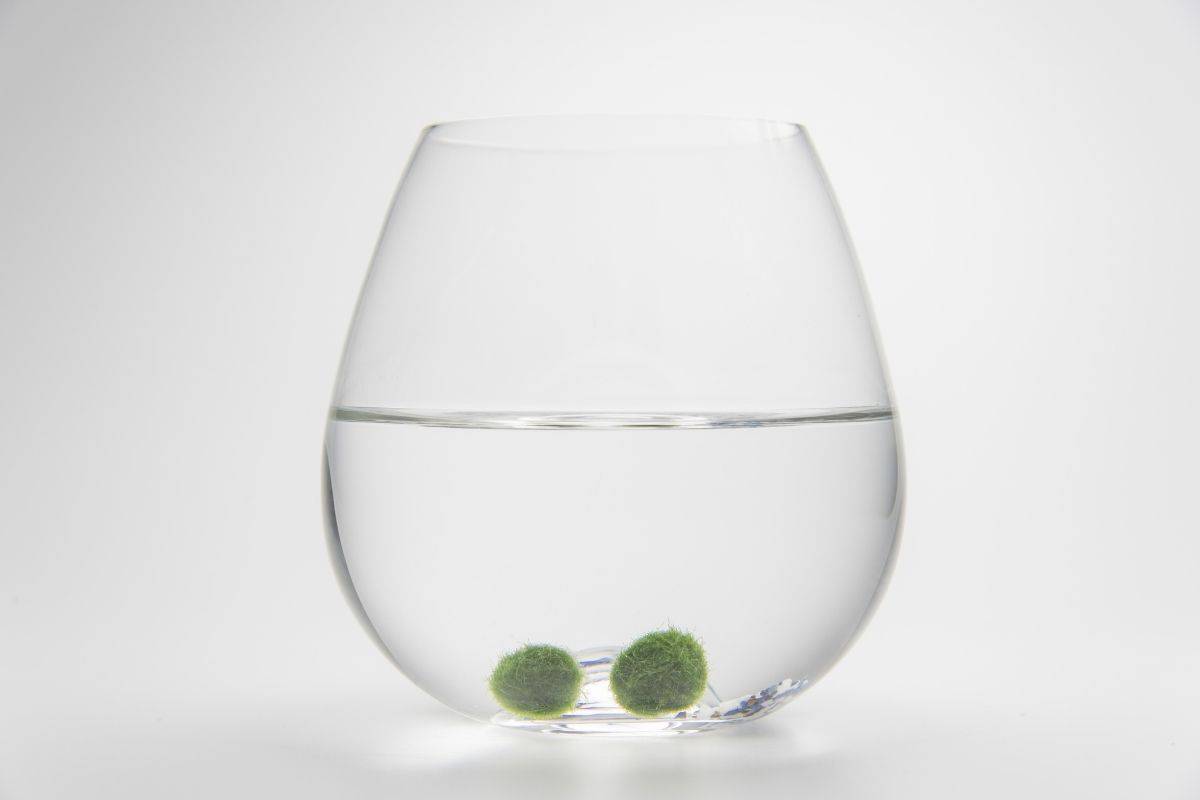
Do Moss Balls Need Light? The Ultimate Question!
Read more
How To Preserve Moss? In 5 Steps!
Read more
Supporting Your Monstera: The Best Moss Poles for Your Climbing Plants
Read more
Floating Moss Balls: Why Do They Float?
Read more
What Is A Moss Pole? And Why Are They Used?
Read more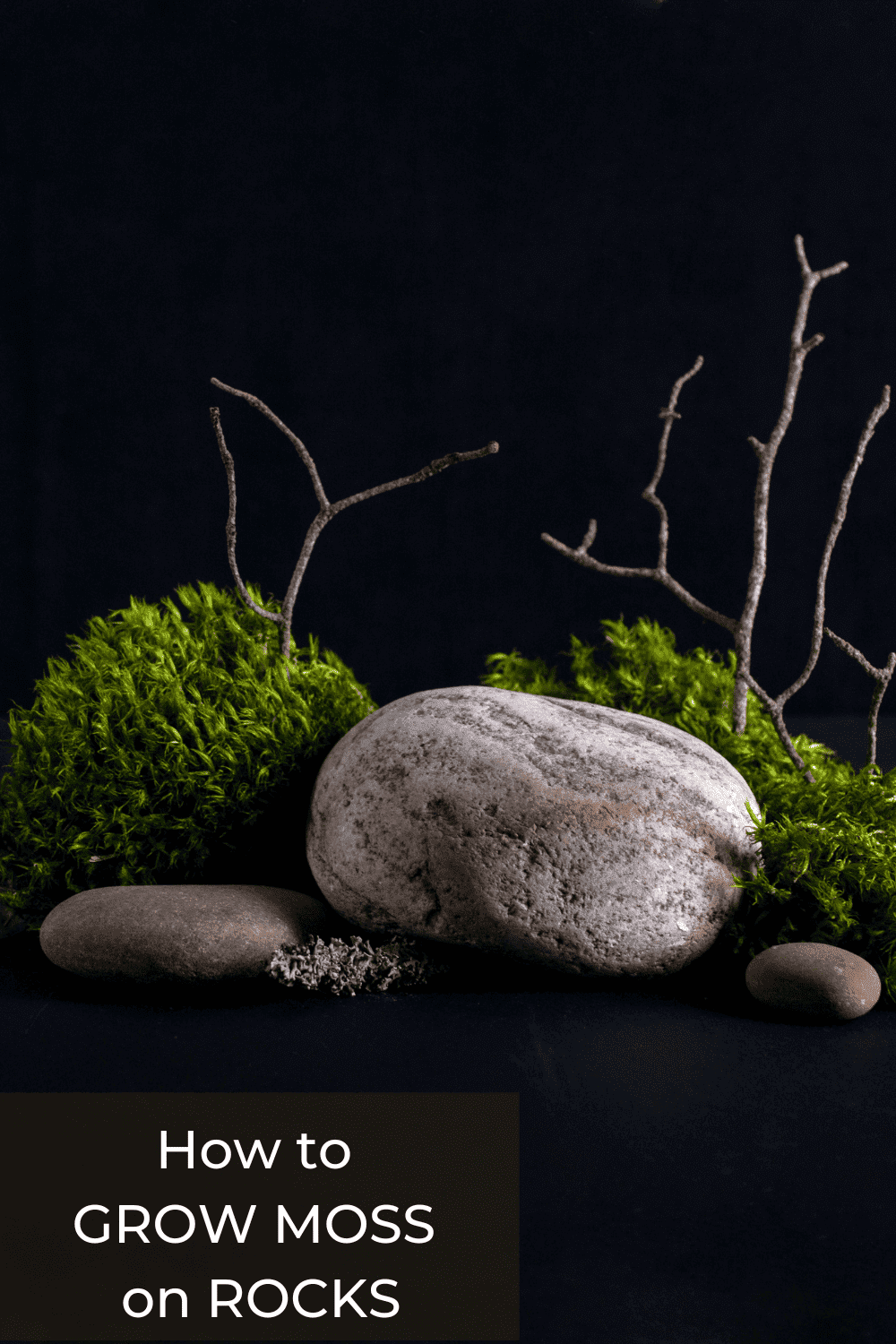
How to Grow Moss on Rocks and Impress Your Friends (or Enemies)
Read more
Does Sphagnum Moss Mold? Causes & Prevention
Read more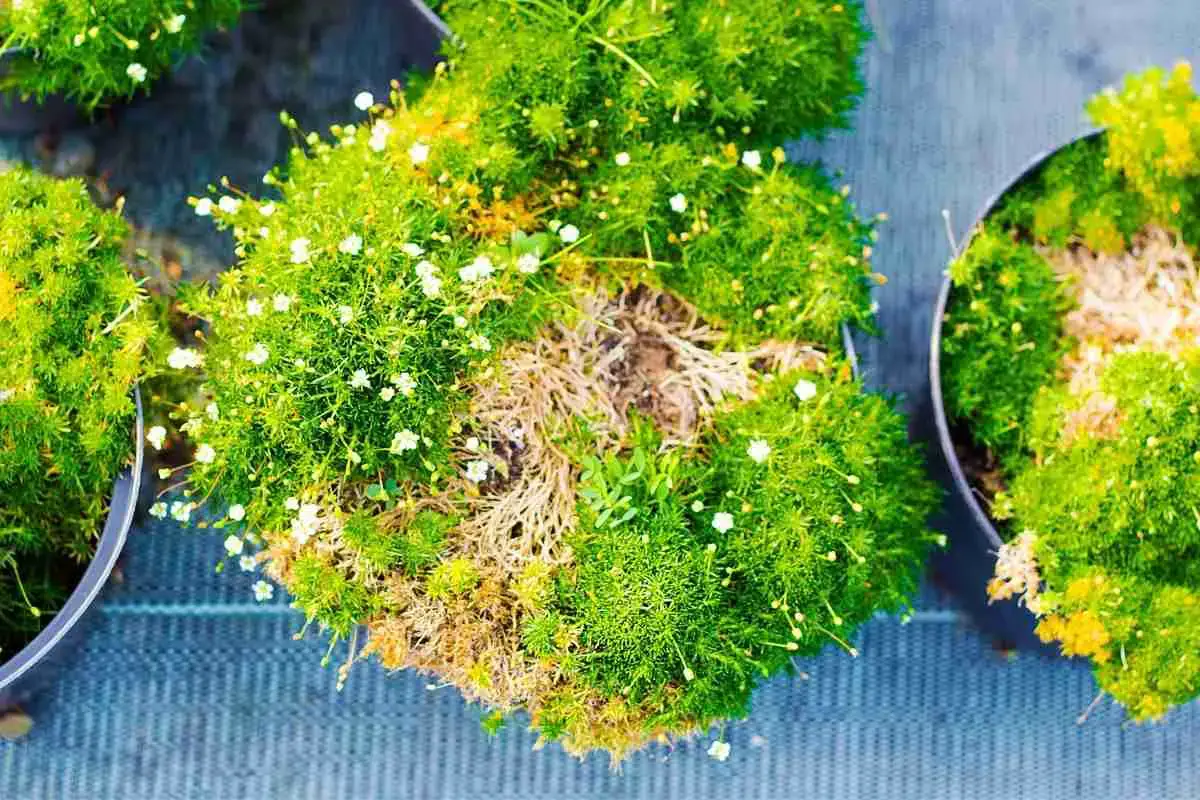
Scotch Moss or Irish Moss: Unveiling the Key Differences You Need to Know!
Read more